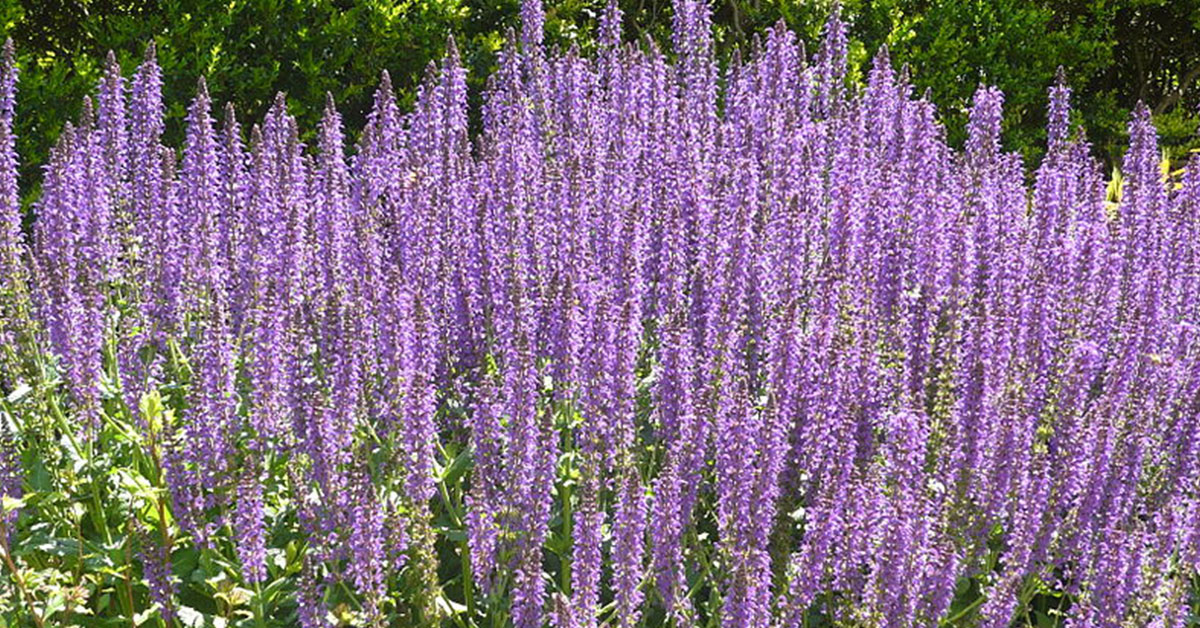Finding the right plants for sunny, hot spots in your garden can be a challenge, but it’s also an opportunity to grow some truly spectacular species that thrive in these conditions. Heat-loving plants often bring vibrant colors, unique textures, and impressive resilience to the garden. Whether you’re dealing with a sun-drenched patio, a south-facing border, or a scorched lawn, there are plenty of plants that will not only survive but also flourish in the heat.
In this article, we’ll explore 20 fantastic plants that love full sun and heat. Each of these plants has its own charm and specific needs, so you’ll find something for every sunny spot in your garden. Let’s dive into the world of heat-loving plants and discover some new favorites!
Zinnia
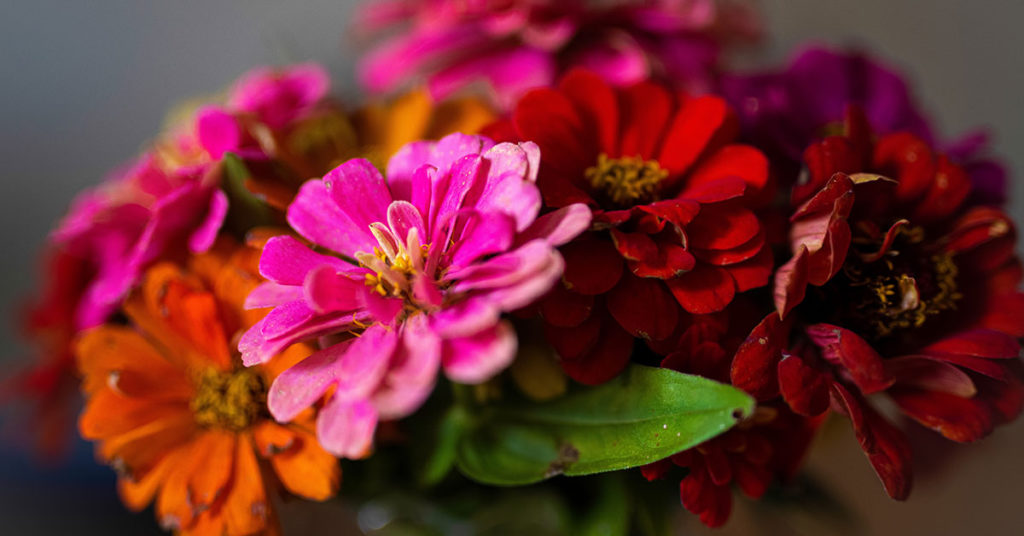
Zinnias are among the most popular annuals for hot, sunny gardens. Their bright, cheerful flowers come in a wide range of colors, including red, pink, orange, yellow, and white. These vibrant blooms attract butterflies and bees, making them a great choice for pollinator gardens. Zinnias are incredibly easy to grow from seed and are known for their fast growth and long-lasting blooms.
What I appreciate most about zinnias is their tolerance for heat and drought. Once established, they require minimal watering and can thrive in poor soil conditions. They also make excellent cut flowers, adding a burst of color to your home. With so many varieties to choose from, you can create a stunning display that lasts all summer long.
Lantana
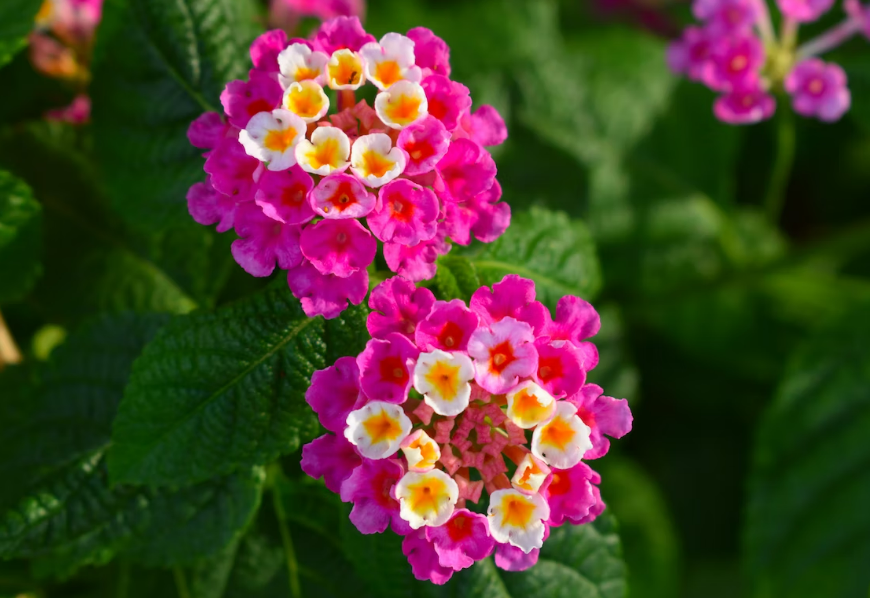
Lantana is a sun-loving perennial that’s perfect for hot climates. Its clusters of small, vibrant flowers come in a variety of colors, including yellow, orange, red, pink, and purple. Lantana is a magnet for butterflies and hummingbirds, making it a delightful addition to any garden. It can be grown as a shrub or ground cover, and its trailing varieties are ideal for hanging baskets and containers.
One of the reasons I’m so fond of lantana is its resilience. It thrives in full sun and can withstand high temperatures and drought conditions. This hardy plant requires minimal maintenance and is resistant to pests and diseases. With its constant blooms and low upkeep, lantana is a fantastic choice for adding color and life to your sun-drenched garden areas.
Blanket Flower (Gaillardia)
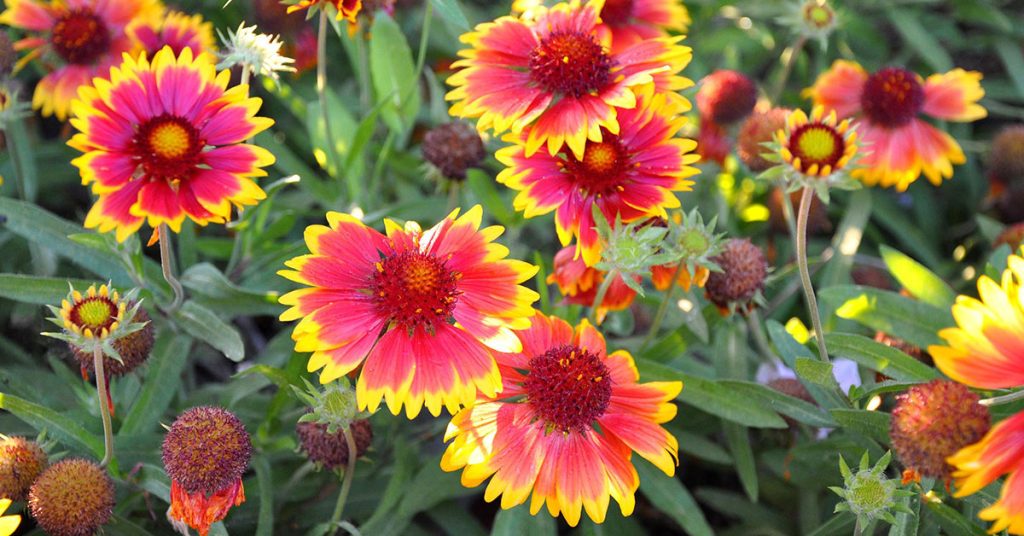
Blanket flowers are stunning perennials that bring a touch of wild beauty to the garden. Their daisy-like flowers feature a mix of red, orange, and yellow hues, creating a warm, inviting display. These flowers are highly attractive to butterflies and bees, providing essential nectar throughout the summer. Blanket flowers are known for their long blooming period and ability to thrive in full sun and heat.
I love how blanket flowers can brighten up even the hottest, driest parts of the garden. They’re incredibly drought-tolerant once established and can grow in a variety of soil types, including sandy and rocky soils. These low-maintenance plants also self-seed, ensuring that you’ll enjoy their vibrant blooms year after year with minimal effort.
Russian Sage
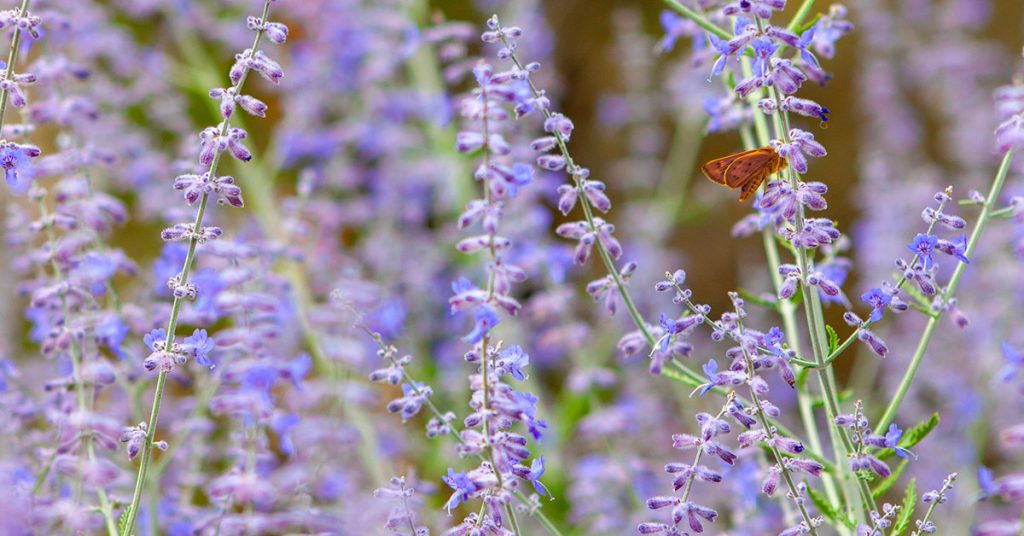
Russian sage is a perennial favorite for hot, sunny gardens. Its tall, airy spikes of lavender-blue flowers create a beautiful contrast against its silvery-gray foliage. This hardy plant is perfect for adding height and texture to borders and mixed plantings. Russian sage is also highly attractive to bees and butterflies, making it an excellent choice for pollinator gardens.
One of the things I appreciate about Russian sage is its ability to thrive in challenging conditions. It’s incredibly drought-tolerant and can handle poor, well-drained soils. This low-maintenance plant requires minimal care once established, making it a reliable and long-lasting addition to your garden. With its striking appearance and resilience, Russian sage is a must-have for any sunny spot.
Coreopsis
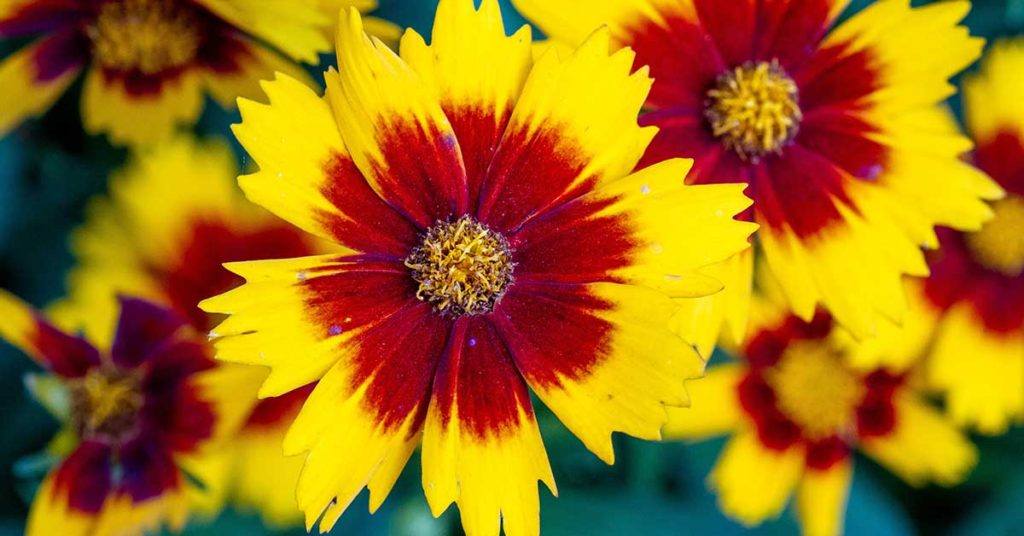
Coreopsis, also known as tickseed, is a sun-loving perennial that produces an abundance of bright, daisy-like flowers. These cheerful blooms come in shades of yellow, orange, pink, and red, adding a splash of color to any garden. Coreopsis is beloved by butterflies and bees, making it a great choice for pollinator-friendly gardens. Its long blooming period ensures that your garden stays vibrant throughout the summer.
I find coreopsis particularly appealing because of its adaptability and low maintenance requirements. It thrives in full sun and can tolerate poor, dry soils. Once established, coreopsis is drought-tolerant and requires minimal watering. Its carefree nature and prolific blooms make it an excellent addition to sunny borders, rock gardens, and wildflower meadows.
Sedum (Stonecrop)
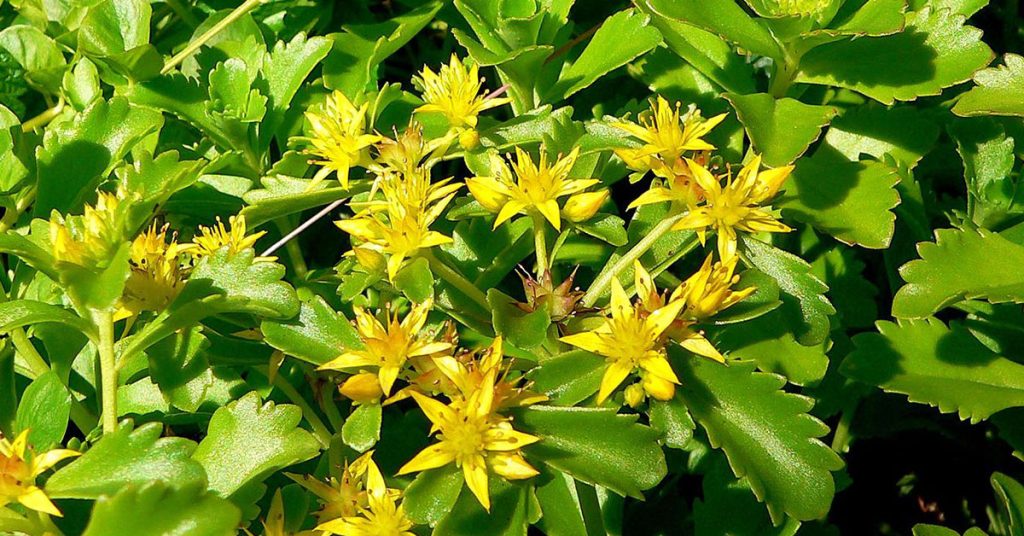
Sedum, or stonecrop, is a diverse group of succulents that thrive in full sun and heat. These hardy plants come in a variety of shapes, sizes, and colors, from low-growing ground covers to upright varieties. Sedum produces clusters of star-shaped flowers in late summer and fall, attracting pollinators to the garden. Their fleshy, water-storing leaves make them incredibly drought-tolerant and perfect for hot, dry conditions.
One of my favorite things about sedum is its versatility and low maintenance needs. It can thrive in poor, well-drained soils and requires very little water once established. Sedum is also resistant to pests and diseases, making it a reliable choice for any garden. Whether you’re looking to cover a sunny slope or add interest to a rock garden, sedum is a fantastic option.
Coneflower (Echinacea)
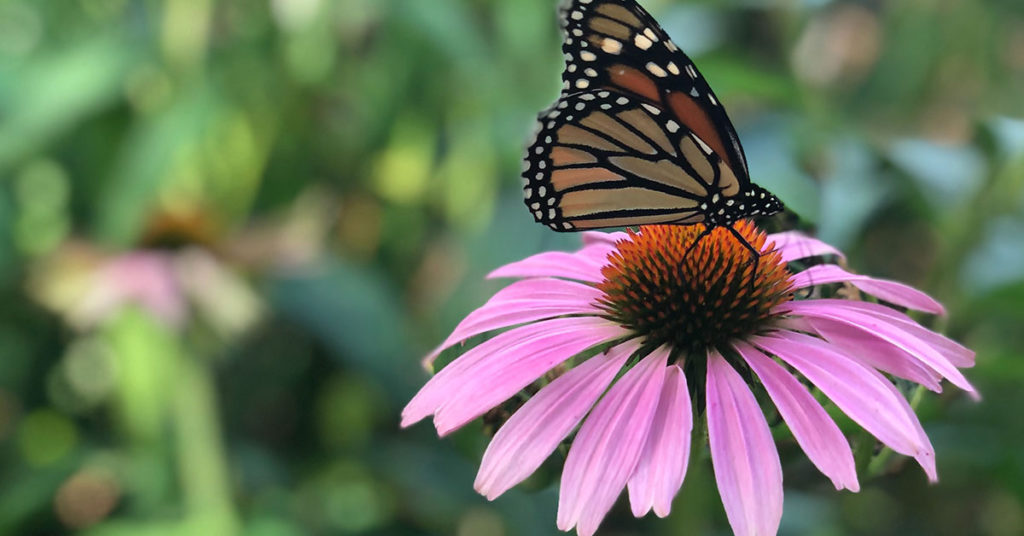
Coneflowers are beloved perennials known for their large, daisy-like flowers with prominent cone-shaped centers. These vibrant blooms come in a range of colors, including purple, pink, white, and yellow. Coneflowers are highly attractive to butterflies, bees, and other pollinators, providing essential nectar throughout the summer. They’re also known for their medicinal properties, making them a valuable addition to both ornamental and herb gardens.
I love how coneflowers can bring bold color and structure to the garden. They thrive in full sun and are highly drought-tolerant once established. Coneflowers are also easy to grow from seed and can adapt to a variety of soil conditions. Their long blooming period and ability to self-seed make them a fantastic choice for creating a vibrant, low-maintenance garden.
Black-Eyed Susan
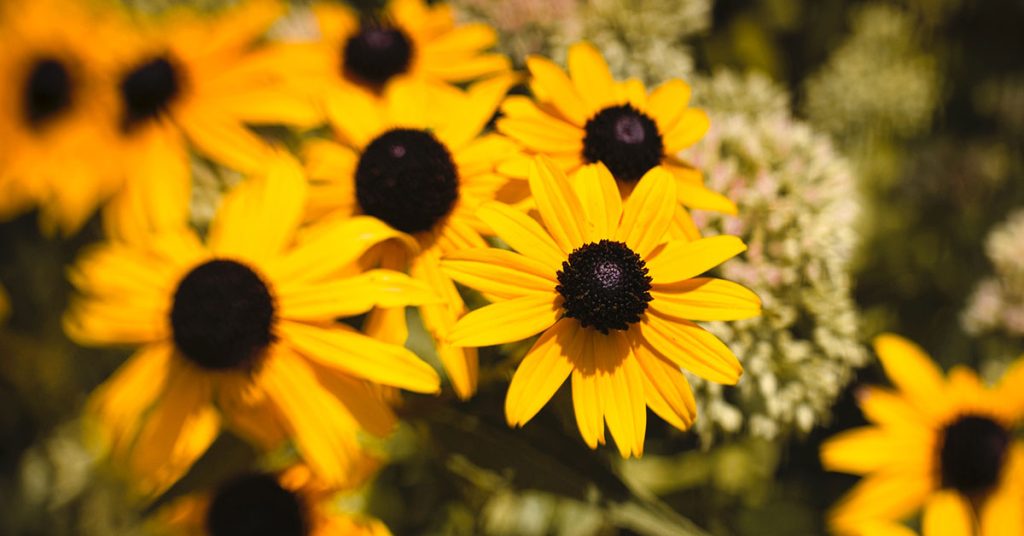
Black-eyed Susans are classic garden perennials known for their bright yellow, daisy-like flowers with dark brown centers. These cheerful blooms can light up any garden and are highly attractive to butterflies and bees. Black-eyed Susans are incredibly resilient and can thrive in full sun and heat, making them perfect for sunny borders, wildflower gardens, and naturalized areas.
One of the things I appreciate about black-eyed Susans is their hardiness and low maintenance needs. They can tolerate a range of soil conditions, including poor and dry soils, and are drought-tolerant once established. These plants also self-seed, ensuring that you’ll enjoy their vibrant blooms year after year. With their sunny disposition and ease of care, black-eyed Susans are a delightful addition to any garden.
Lavender
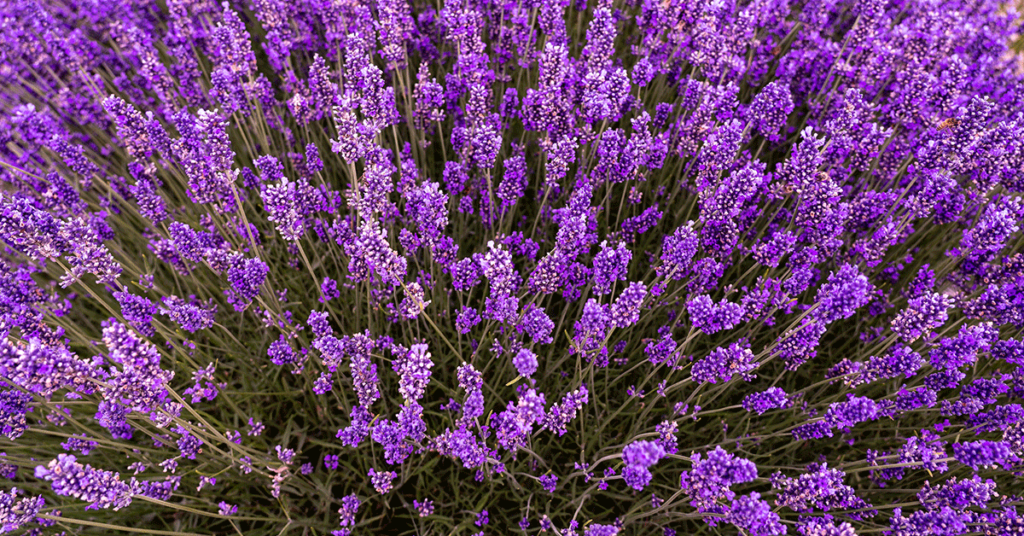
Lavender is a beloved perennial known for its fragrant, purple flower spikes and silvery-gray foliage. This Mediterranean native thrives in full sun and well-drained soil, making it perfect for hot, sunny gardens. Lavender’s aromatic flowers are highly attractive to bees and butterflies, adding both beauty and beneficial insects to your garden. Its calming scent also makes it a popular choice for herbal and sensory gardens.
What I love most about lavender is its versatility. It can be used in borders, herb gardens, rock gardens, and containers. Lavender is also incredibly drought-tolerant once established and requires minimal maintenance. The flowers can be harvested for use in sachets, essential oils, and culinary creations. With its beauty, fragrance, and resilience, lavender is a must-have for any sun-drenched garden.
Marigold
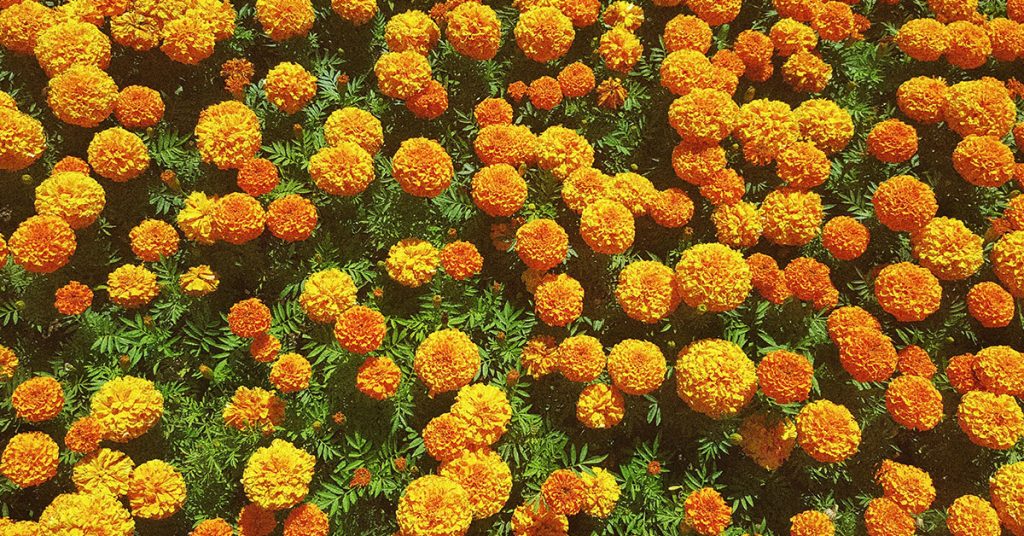
Marigolds are bright, cheerful annuals that bring a burst of color to sunny gardens. Their flowers come in shades of yellow, orange, and red, and are highly attractive to pollinators. Marigolds are also known for their pest-repelling properties, making them excellent companion plants for vegetables and other garden plants. They thrive in full sun and can handle the heat, providing continuous blooms throughout the summer.
I find marigolds particularly rewarding to grow because of their versatility and low maintenance needs. They can be grown in borders, containers, and vegetable gardens, and are easy to start from seed. Marigolds are also drought-tolerant and can thrive in a variety of soil conditions. With their vibrant colors and practical benefits, marigolds are a fantastic addition to any sunny garden.
Salvia
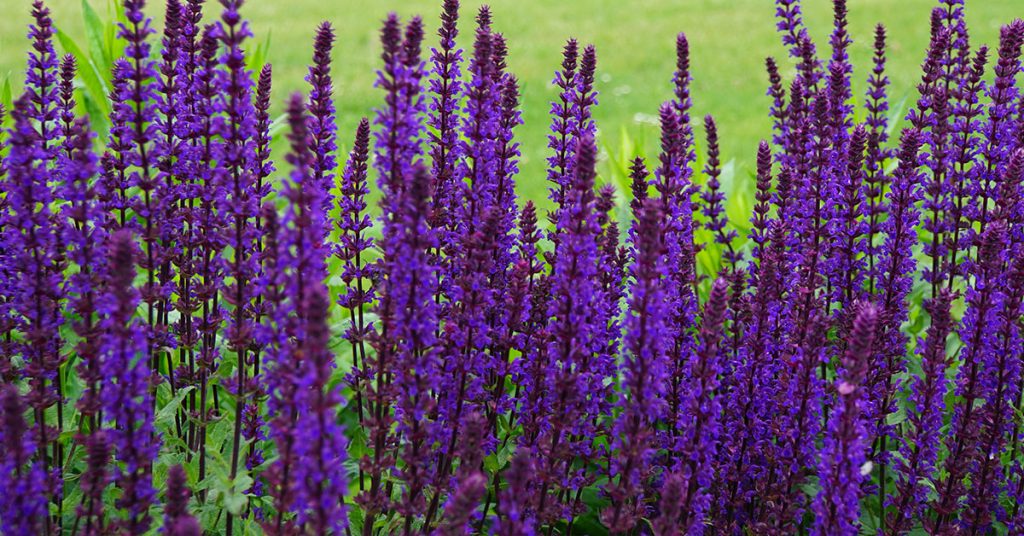
Salvia, also known as sage, is a diverse group of perennials and annuals known for their vibrant flower spikes and aromatic foliage. These heat-loving plants come in a range of colors, including blue, purple, red, pink, and white. Salvia flowers are highly attractive to bees, butterflies, and hummingbirds, making them a great choice for pollinator gardens. They thrive in full sun and are drought-tolerant once established.
One of the things I love about salvia is its versatility and resilience. It can be used in borders, containers, and mixed plantings, adding height and color to the garden. Salvia is also easy to grow and requires minimal maintenance, making it a reliable choice for any sunny spot. With its long blooming period and ability to attract beneficial insects, salvia is a fantastic addition to the garden.
Daylily
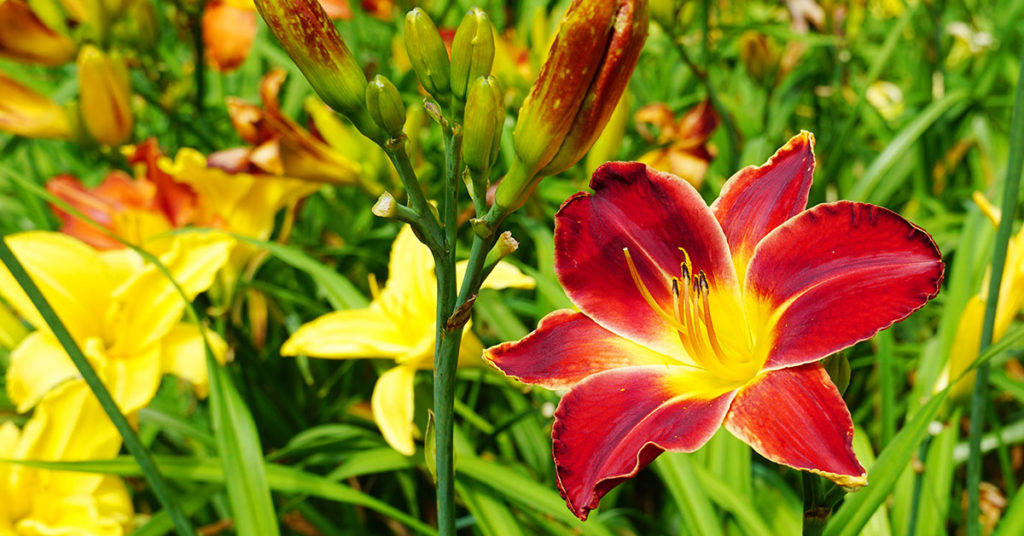
Daylilies are popular perennials known for their trumpet-shaped flowers that come in a wide range of colors, including yellow, orange, red, pink, and purple. These hardy plants thrive in full sun and can handle the heat, providing continuous blooms throughout the summer. Daylilies are incredibly low maintenance and can adapt to a variety of soil conditions, making them a reliable choice for any garden.
I appreciate daylilies for their beauty and resilience. They can be used in borders, mass plantings, and as ground covers, adding color and texture to the garden. Daylilies are also drought-tolerant once established and require minimal care. Their ability to thrive in challenging conditions and provide a stunning display of flowers makes them a valuable addition to any sunny garden.
Canna Lily
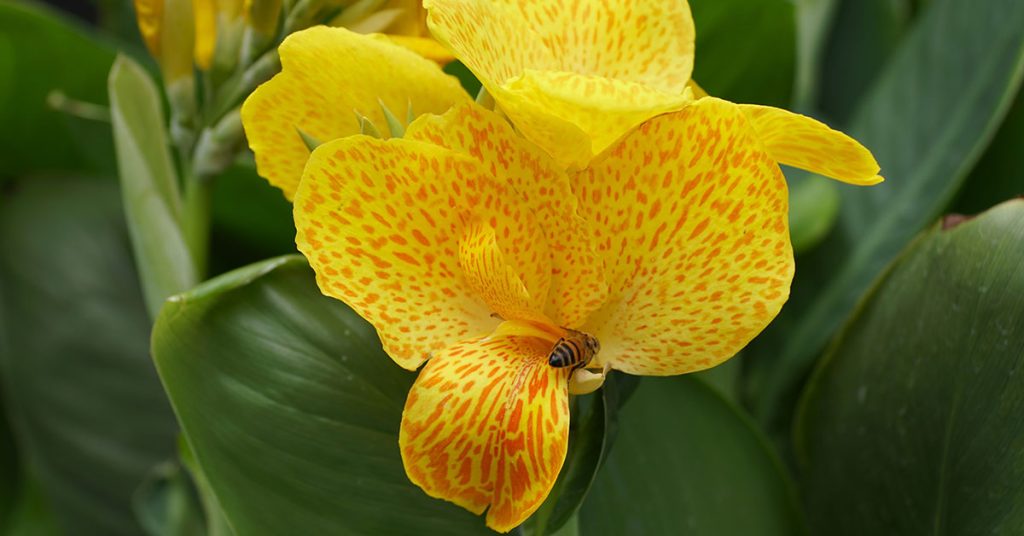
Canna lilies are bold perennials known for their large, tropical-looking leaves and bright, showy flowers. These heat-loving plants come in a range of colors, including red, orange, yellow, and pink. Canna lilies thrive in full sun and can handle high temperatures, making them perfect for sunny borders, water gardens, and containers.
One of the things I love about canna lilies is their dramatic presence. Their tall, architectural form adds height and interest to the garden, while their vibrant flowers attract pollinators like bees and butterflies. Canna lilies are also relatively low maintenance and can tolerate a variety of soil conditions. With their striking appearance and resilience, canna lilies are a fantastic choice for adding a tropical touch to your garden.
Yarrow
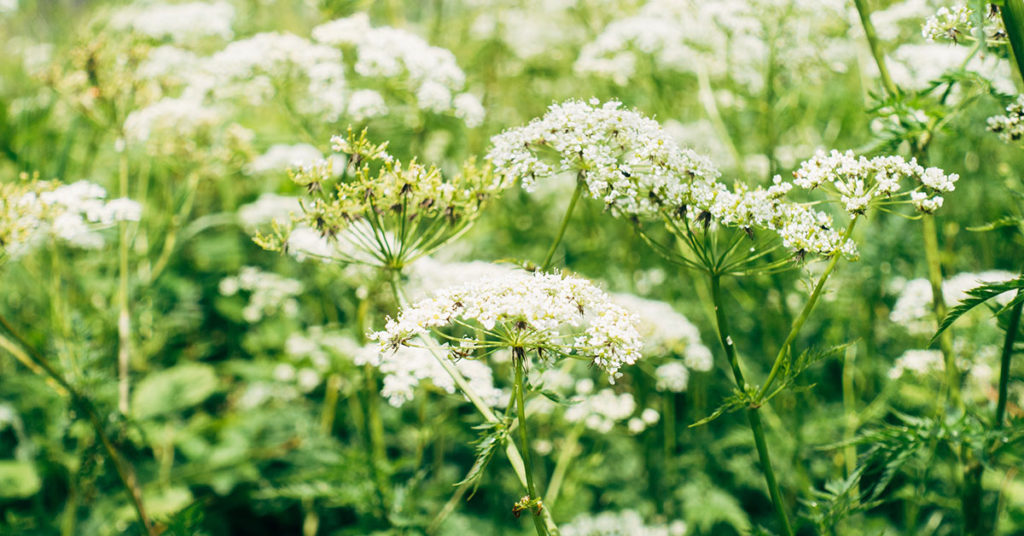
Yarrow is a tough perennial that thrives in full sun and heat. Its flat-topped clusters of tiny flowers come in a variety of colors, including white, yellow, pink, and red. Yarrow is highly attractive to bees, butterflies, and other beneficial insects, making it a great choice for pollinator gardens. It’s also known for its medicinal properties and has been used for centuries to treat various ailments.
I appreciate yarrow for its hardiness and versatility. It can grow in poor, dry soils and is incredibly drought-tolerant once established. Yarrow’s feathery foliage adds texture and interest to the garden, and its long blooming period ensures continuous color throughout the summer. With its low maintenance needs and ability to attract beneficial insects, yarrow is a valuable addition to any sunny garden.
Sunflower

Sunflowers are iconic annuals known for their tall, sturdy stems and large, bright yellow flowers. These heat-loving plants thrive in full sun and can handle high temperatures, making them perfect for sunny borders, vegetable gardens, and wildlife gardens. Sunflowers are highly attractive to pollinators and birds, providing essential food and habitat throughout the growing season.
One of the things I love about sunflowers is their cheerful presence. They can grow up to 12 feet tall, creating a dramatic focal point in the garden. Sunflowers are also easy to grow from seed and require minimal care once established. Their ability to thrive in challenging conditions and provide beauty and habitat makes them a fantastic choice for any sunny garden.
Cosmos
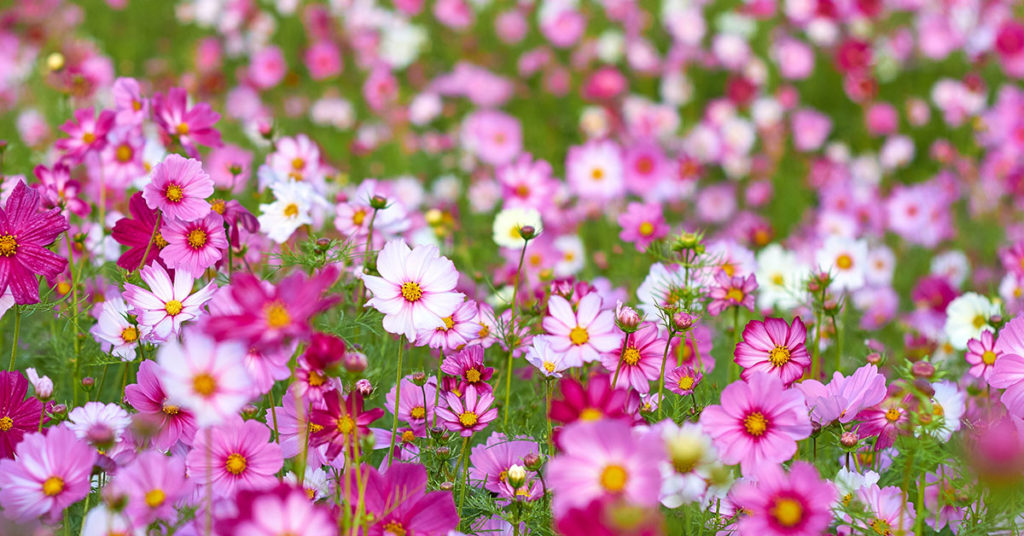
Cosmos are delightful annuals known for their delicate, daisy-like flowers and feathery foliage. These heat-loving plants come in a range of colors, including pink, white, red, and orange. Cosmos thrive in full sun and can handle high temperatures, making them perfect for sunny borders, wildflower gardens, and cut flower gardens. Their vibrant blooms attract bees, butterflies, and other pollinators.
I love how easy and rewarding it is to grow cosmos. They can be started from seed and will bloom profusely throughout the summer with minimal care. Cosmos are also drought-tolerant and can thrive in poor soils, making them a versatile and low-maintenance choice for any garden. Their cheerful flowers and ability to attract beneficial insects make cosmos a valuable addition to sunny garden spots.
Portulaca (Moss Rose)
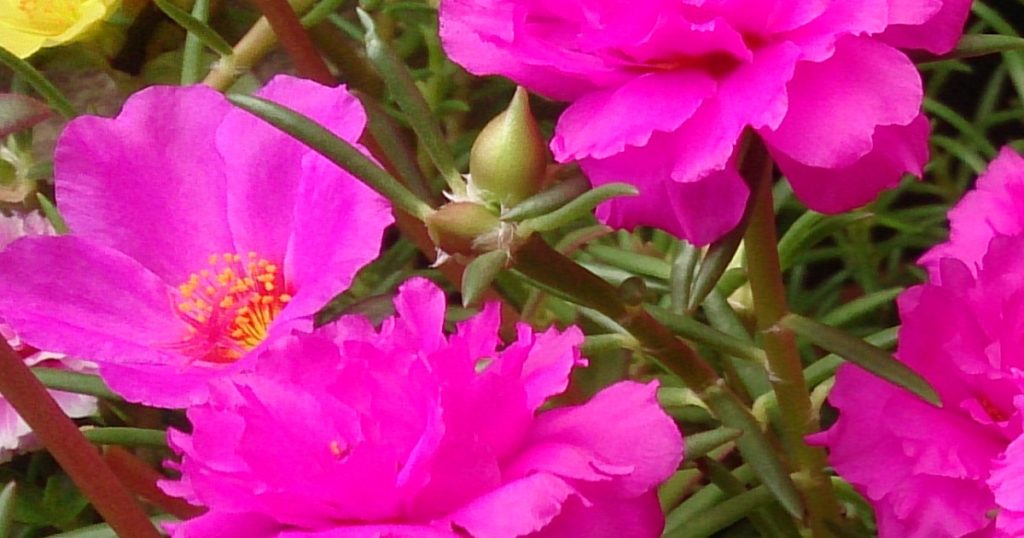
Portulaca, also known as moss rose, is a low-growing annual that thrives in full sun and heat. Its bright, colorful flowers come in a range of hues, including pink, red, orange, yellow, and white. Portulaca is perfect for hot, dry areas of the garden, as it’s incredibly drought-tolerant and can thrive in poor, sandy soils. Its succulent leaves store water, helping it survive in challenging conditions.
One of the things I appreciate about portulaca is its ability to provide continuous color throughout the summer. The flowers open in the morning and close in the evening, creating a dynamic and cheerful display. Portulaca is also a great choice for rock gardens, borders, and containers. With its vibrant blooms and resilience, portulaca is a fantastic option for adding color to the hottest parts of your garden.
Agastache (Hummingbird Mint)
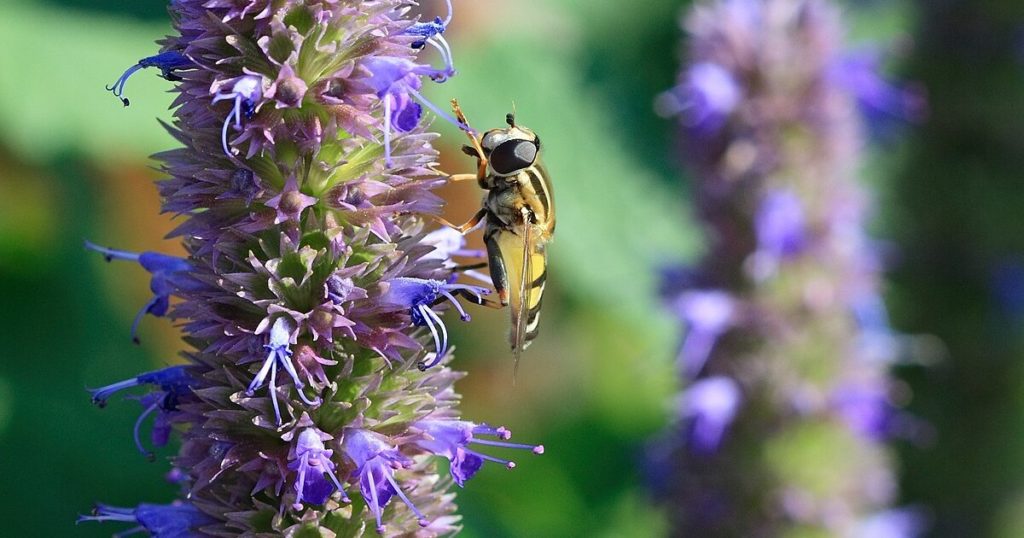
Agastache, also known as hummingbird mint, is a hardy perennial that thrives in full sun and heat. Its tall spikes of tubular flowers come in shades of purple, pink, orange, and blue, and are highly attractive to hummingbirds, bees, and butterflies. Agastache is perfect for adding height and color to borders and mixed plantings, and its aromatic foliage adds an extra layer of interest to the garden.
I love agastache for its resilience and beauty. It’s drought-tolerant once established and can thrive in poor, well-drained soils. Agastache’s long blooming period ensures continuous color throughout the summer, and its ability to attract pollinators makes it a valuable addition to any garden. With its striking flowers and low maintenance needs, agastache is a fantastic choice for sunny, heat-prone areas.
